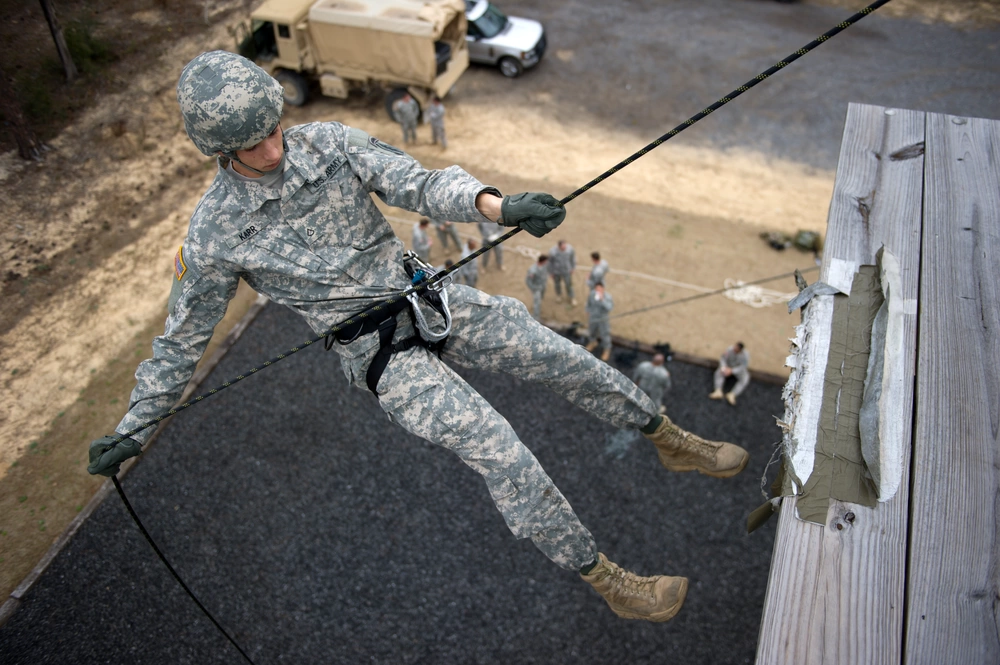|
Rappelling, also known as abseiling, is a technique used to descend steep slopes or cliffs using a rope and specialized equipment. It is a popular activity for adventurers, climbers, and outdoor enthusiasts. Learning the correct technique and equipment is essential to ensure your safety during the activity. This guide is aims to cover many of the basics that you need to know before you start to train in Rappelling:
Terminology Before we get started, let's define some common terms used in rappelling and abseiling:
Equipment Here is a list of the essential equipment you need for rappelling and abseiling:
Preparing to Rappel Before you start rappelling, you need to make sure that you have the proper equipment and that it is in good condition. Here are the steps to prepare for rappelling:
Considering Safety Safety is of the utmost importance in rappelling and abseiling. Here are some risks associated with the activity and how to mitigate them: Risks
Risk Mitigation
Remember that safety is always the top priority in rappelling and abseiling. Take the time to prepare properly, choose a safe location, and use proper technique to minimize the risks associated with this activity. Checking Ropes Checking the ropes is an essential part of preparing for rappelling or abseiling. Here are some steps to follow when checking your rope:
Remember that your rope is your lifeline during rappelling or abseiling, and it is essential that it is in good condition and suitable for the activity. By following these steps, you can ensure that your rope is safe and secure for use. Prepare your mind and body Rappelling and abseiling require a combination of physical and mental strength, endurance, and agility. Here are some training and conditioning tips to help you prepare for the activity:
Remember to start slowly and gradually increase the intensity and duration of your training as you build up your strength and endurance. Always listen to your body and rest when necessary to prevent injuries. By incorporating these training and conditioning tips into your routine, you can help prepare your body and mind for the challenges of rappelling and abseiling. Comments are closed.
|
AuthorThis blog os co-authored by The ISA Team Archives
June 2024
Categories
All
|


 RSS Feed
RSS Feed

2/27/2023